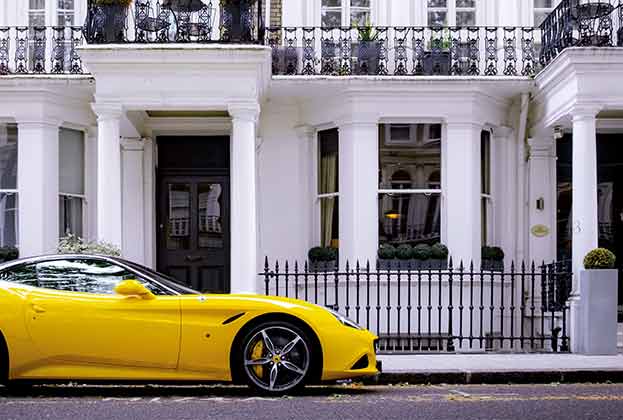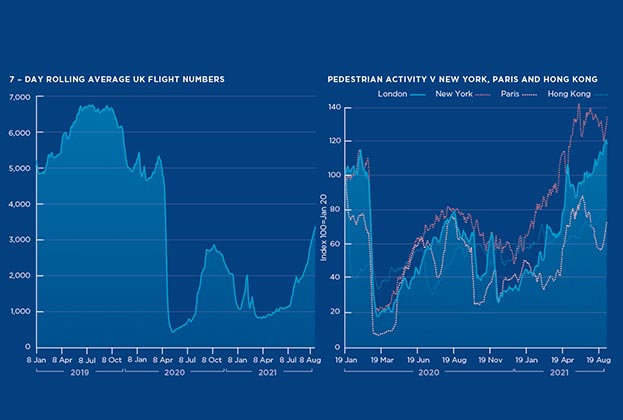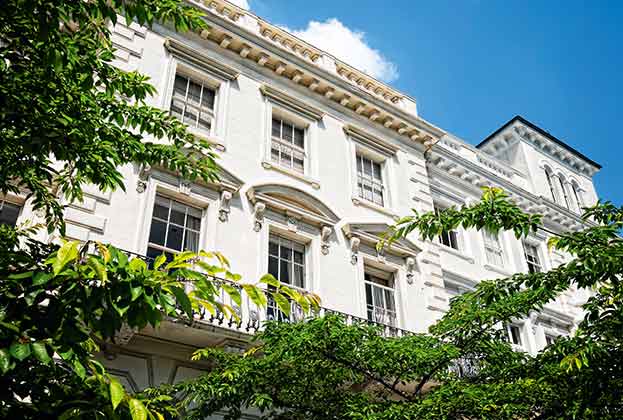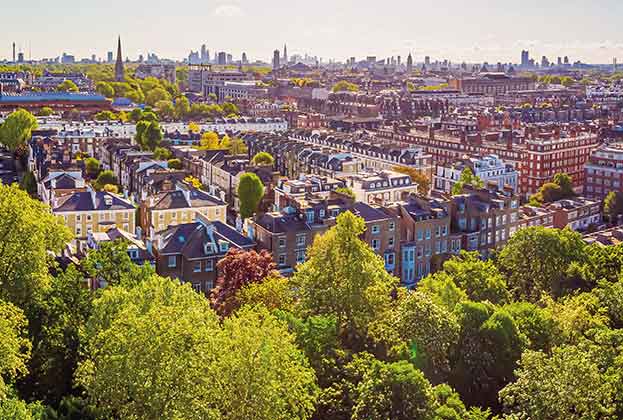With 15 offices across central London, we have unrivalled intelligence on how the residential market is evolving. Here, our agents discuss some of the areas and property styles that buyers are prioritising in their property searches
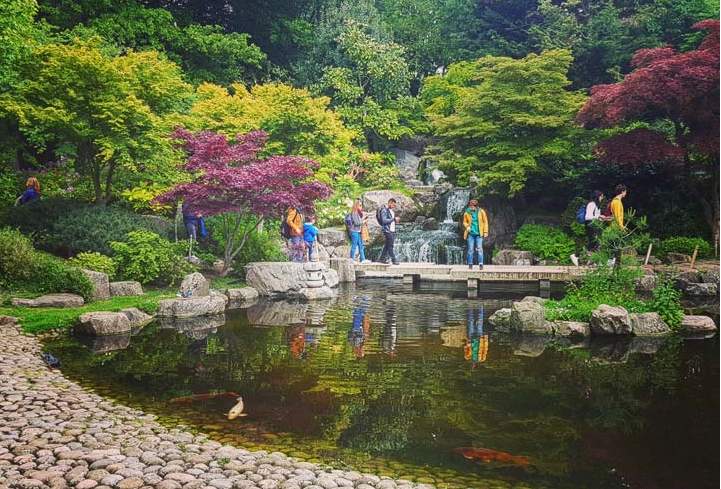
The demand for more living space in a green, leafy neighbourhood has been the driving force for many buyers in recent months. Holland Park and Kensington offer large houses that meet these requirements, particularly in neighbourhoods such as the Phillimore Estate in W8, and Addison Crescent and Holland Park in W11.
Holland Park and Kensington are quintessentially British, thanks to the styles of architecture and garden squares. Buyers may have tech or private equity businesses that have done well recently, but that doesn’t mean they are pining for locations with a flamboyant vibe; they prefer something more understated, such as Campden Hill Square.
We are also seeing new trends. First, people do not want the cost, or the delay, of a large refurbishment project. We’re also noticing a desire to return to London to retire. The market for apartments has been slow, but there is a tentative recovery in the demand for traditional mansion flats. These are from buyers seeking a pied-à-terre, or from people who long to be back in town, near the museums, theatres, restaurants and shops.
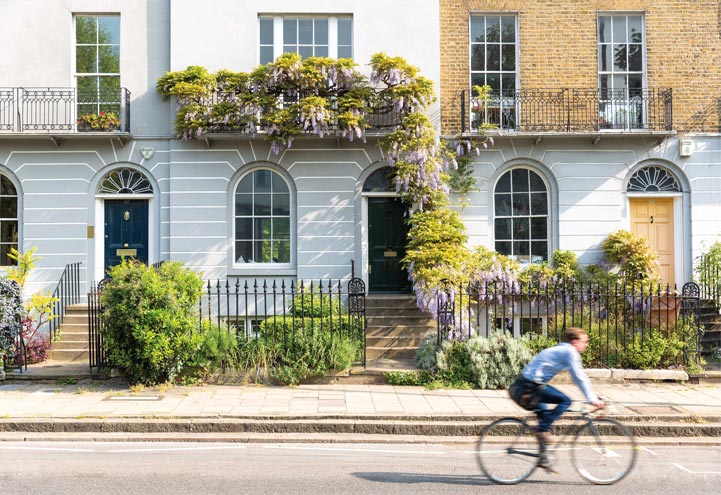
When people move to Notting Hill, they never want to leave. I’ve met families who have lived here 30-40 years. They love the garden squares, highly regarded schools, and community spirit. While renowned for its polished facades and well-heeled residents, Notting Hill’s eclectic and vibrant roots are still apparent in the form of antiques shops, independent cafes and market stalls.
While the pandemic was a catalyst for families to relocate to the Home Counties, this has had little impact on this market. Hyde Park and Holland Park offer inner city sanctuaries. Fortunate residents have always balanced having homes in the city and countryside. The end of lockdown saw many return, keen to get their Granger and Co brunches and Bodyism workouts back in the diary.
The past year has been testament to Notting Hill’s desirability – market levels have been some of the best for years. The main impact has been on buyer preferences. The once overlooked lower ground floor apartments have become some of the most sought-after, with outside space now being a prerequisite for many. The shift to lateral low-rise houses with generous gardens has also seen W10 soar in popularity. Its tree-lined streets are still in the borough of Kensington and Chelsea, transport links are good and you can walk to the shops and cafes of Westbourne Grove.
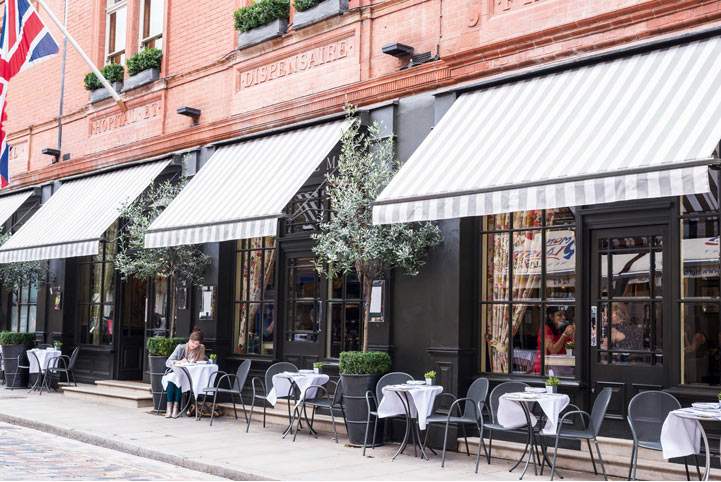
Mayfair has been logistically challenged because international buyers have traditionally accounted for 75% of sales. But domestic clients have been keen on branded residences, such as 1 Grosvenor Square and Twenty Grosvenor Square. The facilities, such as swimming pools, cinemas and housekeeping, provide a high level of self-sufficiency. Out and about in Mayfair, there’s a real sense that London is opening up. I’ve seen an impressive number of Bugattis.
A pretty neighbourhood close to Marble Arch, Connaught Village is one of the last undeveloped areas on the doorstep of Hyde Park. With its mix of Victorian and Georgian architecture, garden squares, independent boutiques and restaurants, it is utterly charming and quintessentially British. It is handy for Paddington and stands to benefit from the regeneration of neighbouring Queensway, including The Whiteley with its residential, retail and Six Senses hotel scheme.
Marylebone is a short distance away. Here, the likes of Seymour Place and New Quebec Street, that make up Portman Village, are of particular interest. Over the past year, prices have fallen more steeply in Marylebone than in other parts of prime central London, so it is a good time to buy.
St James’s is another district where, if you can find something to buy, you should grab it. But you will not find it easy. People hold onto homes in this part of town, as they have invested in a slice of history. Meanwhile, for the next five years, there will not be a single new build available which adds to the scarcity of opportunities to buy.
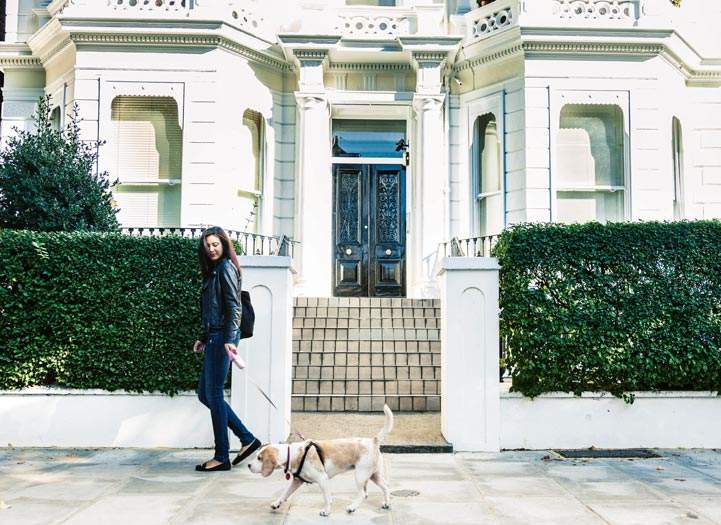
In Chelsea, we’re seeing a new, younger set of buyers who had considered moving out of London with their families but have decided to stay, drawn by the area’s character and community. Whether it’s your neighbour or local barista, you can forge relationships and find people from all walks of life in Chelsea.
While some buyers remain highly motivated and attracted to the traditional destination addresses, such as Markham Square and Wellington Square, many are now more willing to focus on benefits of lifestyle and amenity. So, there is a notably increased appreciation of houses, for example in Drayton Gardens and Redcliffe Road in west Chelsea (SW10) where the private gardens may be much larger, and parking included or more accessible.
There is a lot of excitement around Drayton Gardens and Redcliffe Road in west Chelsea
Matthew Morton-Smith, Head of Office, Chelsea
Another factor influencing buyers’ decisions is the desire to walk or cycle instead of taking public transport. Traffic is another interesting issue. Will a street where traffic noise and pollution is a concern be more agreeable when more vehicles are electric and thus quieter and cleaner? Most commonly a smaller property in a better location may have been preferred to a larger property on a busy road, but there is very much an increasing interest in those properties that might have been considered as compromised; buyers are conscious that the significance of those issues may reduce and be much less of a concern within a relatively short period of time.
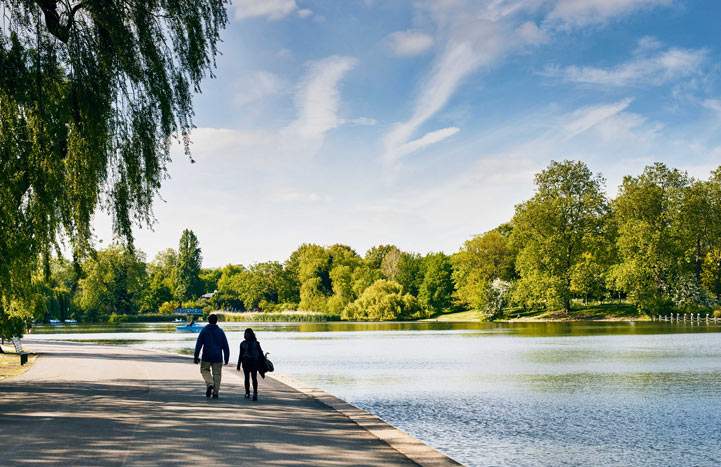
As part of the broader reassessment of where people want to live, I think one area of prime central London is about to come into its own. Bayswater has long been considered the less glamorous relation and tends to demand lower prices as a result. Yet it ticks so many boxes. It’s perfectly positioned, with Notting Hill to the west, Mayfair and Marylebone to the east and Hyde Park on your doorstep. Transport is also great, with the Heathrow Express at Paddington and Crossrail opening soon at nearby Old Oak Common.
The regeneration of Bayswater Road and Queensway is extraordinary. Whiteleys, the Grade II-listed former department store on Queensway, is being transformed in a Foster + Partners scheme with shops, a Six Senses hotel and luxury residences developed by Finchatton. There is also the Park Modern apartment scheme on the Bayswater Road with its incredible south-facing views over Hyde Park. Bayswater has everything – and it’s only going to get better.
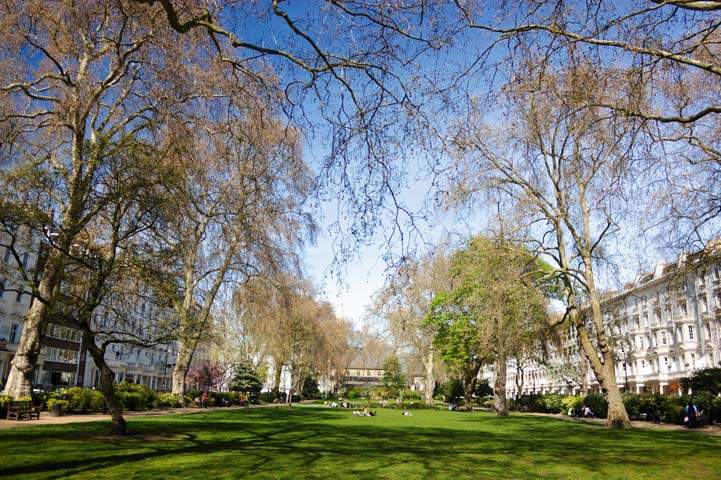
The world has changed and so have people’s priorities. They want to sit outside a cafe in their neighbourhood, be served by someone they know, wave to a friend who’s passing by. Belgravia is perfect for this kind of socialising. Elizabeth Street, for example, which runs from Ebury Street to Eaton Square has become a high-end destination with independent boutiques, cafes and restaurants.
In recent months, people have also had time to think about what they want from their property. Demand for houses has been stronger, but we are now seeing more motivated buyers for flats. However, the requirements of these buyers are more specific than before. They want the comfort and amenity of garden flats with their own front door. For flats on upper floors, they must have a decent terrace.
But buyers are also more interested in seeing the flat in the context of the wider neighbourhood. So, when I take prospective buyers on a viewing, I also take them on a little tour of the whole area. As the Grosvenor Estate has highlighted, the various parts of Belgravia – Belgrave Square, Chester Square, Eaton Square – are a series of different mixed-use urban villages, each with its own individual character and sense of community.
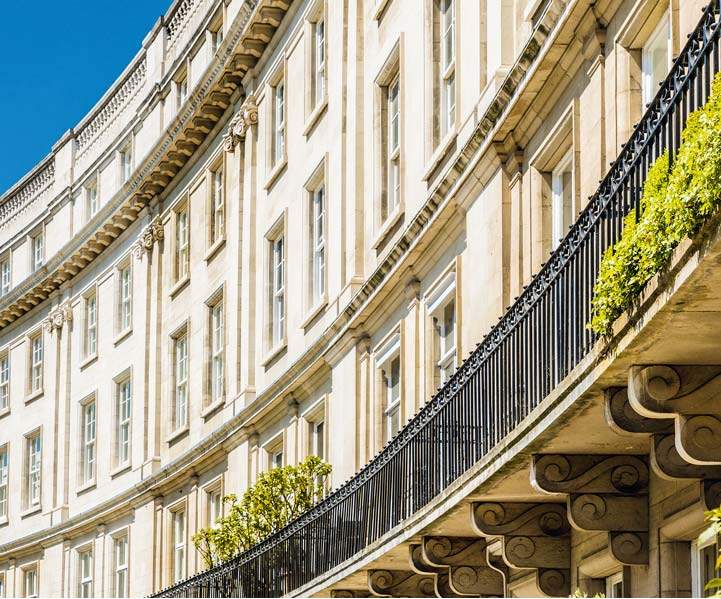
There has been a recalibration in what is important in people’s lives. We are having more down-to-earth discussions with buyers, in which the needs of their families come first.
Gardens, outside space or access to greenery matter much more than they used to. People who once took their garden squares for granted are now using them regularly. People are supporting their local community more too. They are more likely to eat out locally, and want their day-to-day activities to be a short stroll away.
Fortunately, Belgravia, Chelsea and Knightsbridge have a wealth of cosmopolitan streets with independent shops, cafes and restaurants. Top of the list are Elizabeth Street, off Eaton Square; Motcomb Street, which leads off Wilton Terrace and Pimlico Green, south of Sloane Square.
I love the artisan food shops, boutiques and outdoor cafes of Pavilion Road. The Cadogan Estates pulled off a miracle with the regeneration of the street: they turned it into a destination, refurbishing rundown 18th-century mews houses. Some of the luxury brands that have shops in the Sloane Street area have also evolved and adapted.
For more insights into prime central London’s residential market, please visit our Residential Hub
Read the articles within In Focus: Prime Central London – Autumn 2021 below
.jpg)
